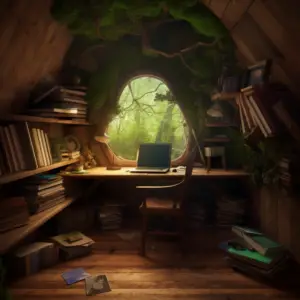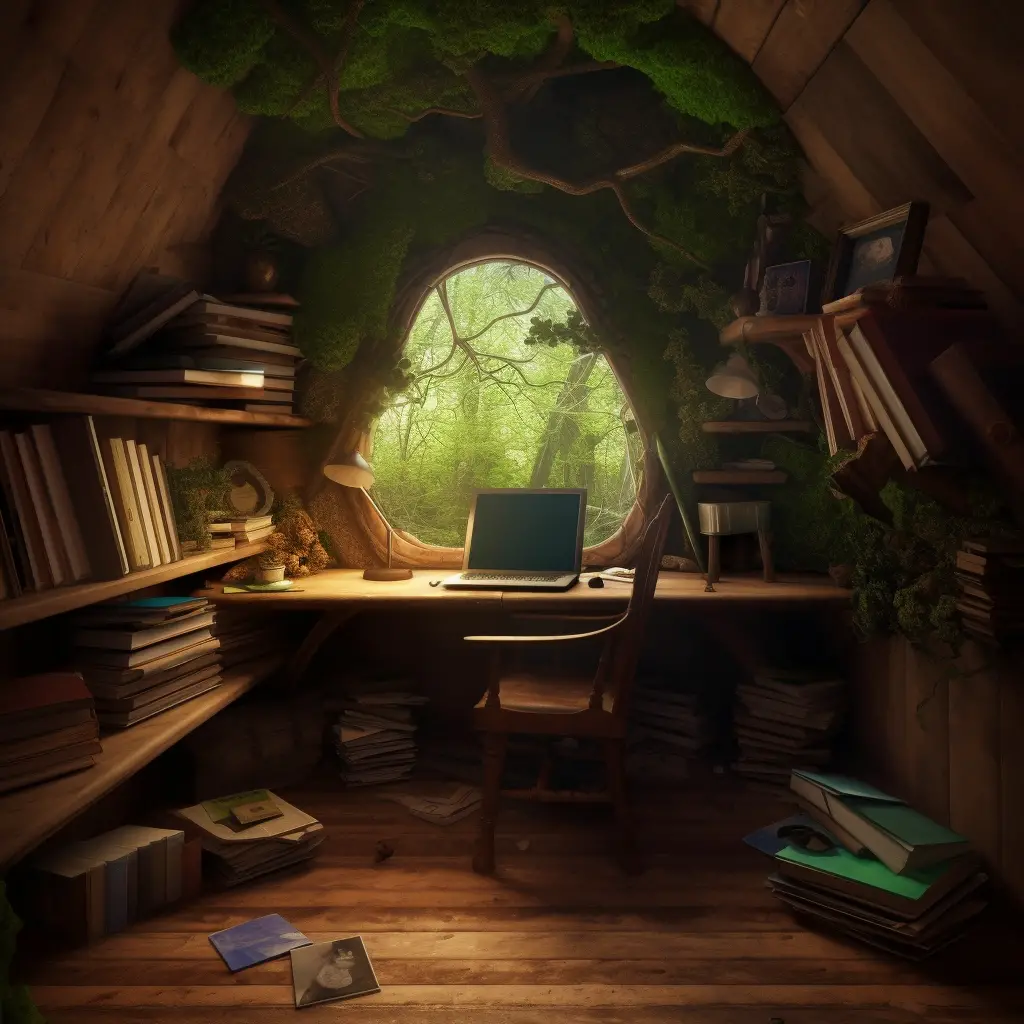
Mood is the overall atmosphere or feeling of a piece of writing, which is influenced by diction, detail, and tone. It can range from sad and somber to lighthearted and humorous. The overall mood of a story is often determined by the author—so don’t forget to have fun with it!
Some famous examples of modern movies that do an amazing job conveying mood include “The Shining” (creepy), “The Notebook” (romantic), and “The Hangover” (hilarious).
Understanding Mood in Writing: The Secret Sauce
Think of mood as the secret sauce of writing. It’s that invisible ingredient that adds flavor to the words, making them unforgettable. The secret to creating a distinct mood is to carefully choose words and details that evoke specific emotions. Just as a chef knows the right blend of spices for the perfect dish, a writer must find the perfect combination of elements to create the desired mood.
The Role of Diction in Setting the Mood
Diction, or the choice of words, plays a huge role in setting the mood of a piece of writing. Imagine the difference between describing a sunny day as “pleasant and warm” versus “scorching and unbearable.” The first description creates a mood of relaxation and enjoyment, while the second suggests discomfort and irritation. As a writer, choosing the right words is like choosing the right colors to paint a picture. Be mindful of the words and make sure they contribute to the desired mood.
Details make the writing come alive, and they also have a strong impact on the mood. By using vivid and descriptive language, the writer can draw the reader into the scene and make them feel a part of it. For example, a description of a haunted house might include details like “the floorboards creaked with each step, and a chill breeze slipped through the cracked windows.” This description creates an eerie and spooky mood, which is perfect for a horror story.
Tone is the attitude of the writer towards the subject or the audience. It is conveyed through the writer’s word choice, sentence structure, and use of literary devices. A sarcastic tone, for example, creates a mood of irony and humor, while a serious tone can create a mood of tension or solemnity. By adjusting the tone, a writer can fine-tune the mood of their story to suit their intended message.
Mood in Action: Examples of Different Moods in Writing
Now that the ingredients of mood have been explained, let’s explore some examples to see how they work together. Each example will demonstrate a different mood using diction, detail, and tone.
A Joyful Mood
The sun beamed brightly, casting a golden glow over the park. Laughter bubbled from children as they chased each other through the soft, green grass. A warm breeze carried the sweet scent of blooming flowers, and the cheerful chirping of birds filled the air.
This example creates a joyful and lighthearted mood through the use of positive diction (e.g., “beamed,” “golden,” “laughter”), vivid details (e.g., “soft, green grass,” “sweet scent of blooming flowers”), and an upbeat tone.
A Mysterious Mood
The thick fog rolled in, shrouding the town in a veil of gray. Shadows danced on the walls, and whispers seemed to echo through the dimly lit streets. Doors creaked on their hinges, and footsteps echoed softly in the distance, leaving a lingering sense of unease.
In this example, a mysterious and eerie mood is created by using diction that evokes uncertainty (e.g., “shrouding,” “whispers,” “echoed”), atmospheric details (e.g., “thick fog,” “dimly lit streets”), and a suspenseful tone.
A Melancholic Mood
The rain drizzled down, casting a dreary pallor over the city. People huddled beneath their umbrellas, their footsteps slow and heavy. The world seemed to be painted in shades of gray, and the constant patter of raindrops offered a somber soundtrack.
This passage creates a melancholic mood through the use of negative diction (e.g., “dreary,” “slow,” “heavy”), descriptive details (e.g., “rain drizzled down,” “shades of gray”), and a somber tone.
A Tense Mood
Sweat dripped down his brow as he gripped the steering wheel, knuckles turning white. The engine roared like a wild beast, and the tires screeched on the asphalt. Time seemed to slow down, each second feeling like an eternity, as the car raced towards the finish line.
Here, a tense and suspenseful mood is created through the use of intense diction (e.g., “gripped,” “roared,” “screeched”), vivid details (e.g., “sweat dripped down,” “knuckles turning white”), and a fast-paced tone.
Tips for Creating the Perfect Mood in Your Writing
Ready to set the mood in your own writing? Here are some tips to get started:
- Identify the desired mood: Before writing, consider the mood you want to create. Is it a lighthearted comedy, a suspenseful thriller, or a heartwarming romance? Knowing the desired mood will guide your choice of words and details.
- Choose appropriate diction: Select words that evoke the emotions you want your reader to feel. A happy scene might use words like “bright,” “cheerful,” and “giggling,” while a sad scene might use words like “gloomy,” “tearful,” and “sighing.”
- Add vivid details: Use descriptive language to paint a picture for your reader. The more specific and sensory your details, the more the mood will come to life.
- Adjust your tone: Consider your attitude towards the subject or the audience. Adjust your tone to match the mood you want to create, whether it’s playful, serious, or something in between.
- Read your work aloud: Finally, read your writing aloud to see if the mood comes through. Sometimes, hearing the words spoken can help identify areas where the mood might need to be strengthened or adjusted.
In conclusion, mood is a vital element of writing that helps to create an emotional connection with the reader. By carefully selecting diction, incorporating vivid details, and adjusting the tone, writers can create powerful moods that will leave a lasting impression on their audience.
If you’re thirsty for more writing knowledge, head over here to learn all 74 literary devices.





